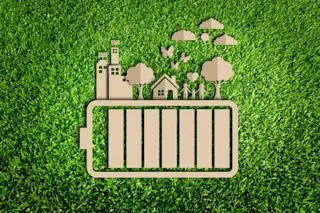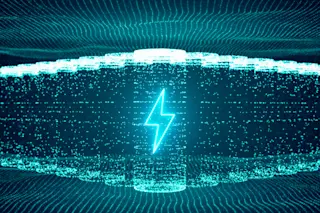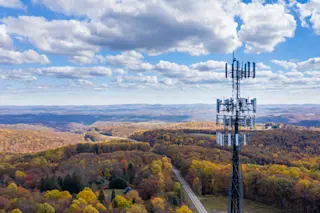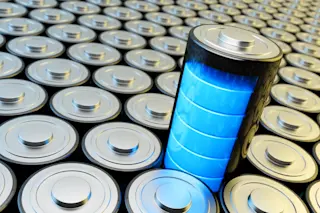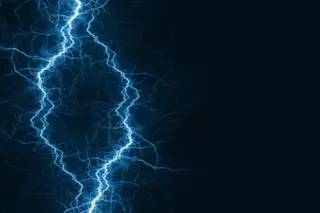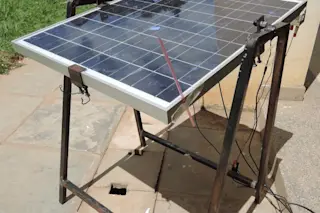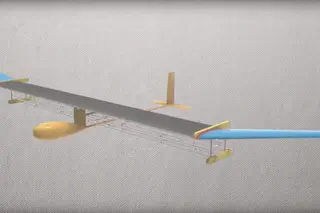Discoid cockroaches, used in this study, can be up to 3 inches long.
From the digestive system that demolishes glue and toothpaste comes the first living, breathing, digesting cyborg-insect power source. Researchers have created a fuel cell
that needs only sugar from the cockroach's hemolymph
(basically the cockroach version of blood) and oxygen from the air to make electric energy. The cell's power density, 55 microwatts per square centimeter at 0.2V, is also very small compared to lithium batteries, so cockroach power wouldn't be used as a mass power source. But these cyborg cockroaches could take sensors where no human wants to go: nuclear disaster sites, enemy military camps, inside the neighborhood Dumpster. LiveScience
lays out how electrodes inserted into the cockroach's abdomen hijack its biochemical machinery:
The fuel cell consists of two electrodes; at one electrode, two enzymes break down a sugar, trehalose, which the cockroach produces from its ...



